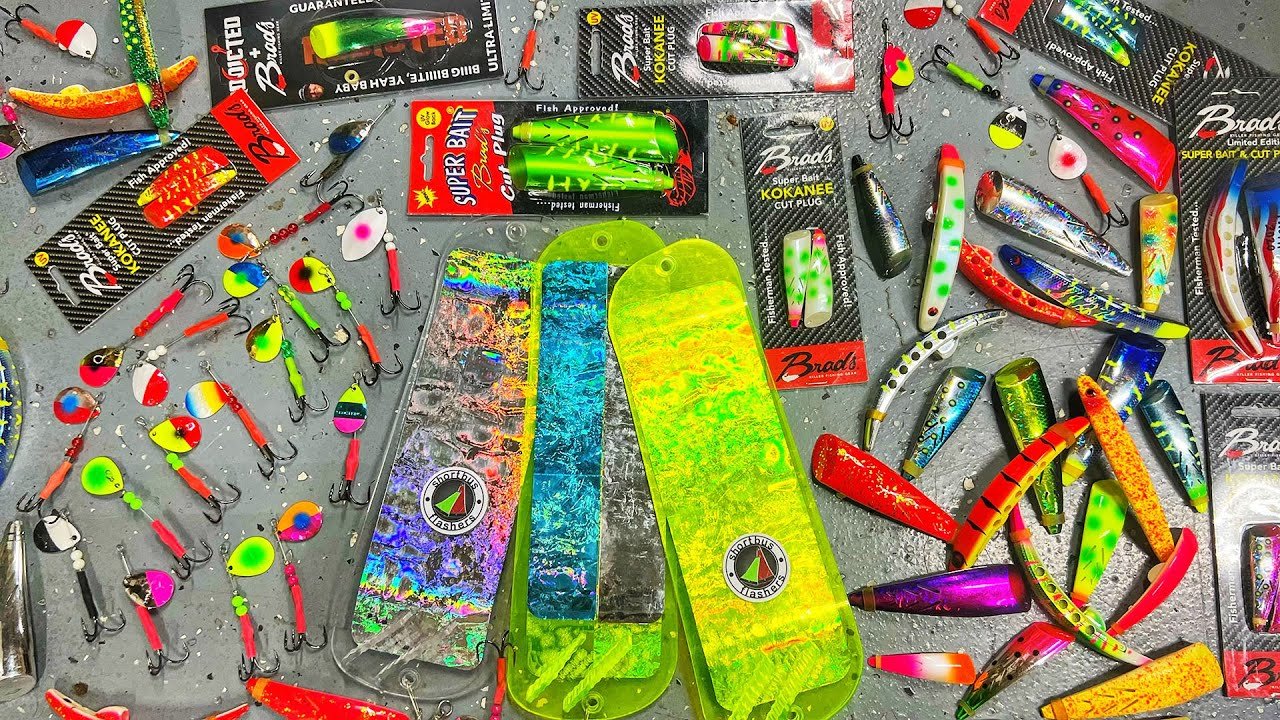Finding the right spots in rivers to fish for salmon can significantly increase your success. Knowing where to look and what to consider can make a big difference. Here’s a comprehensive guide on how to locate salmon hotspots in rivers.
Understanding Salmon Migration
Salmon migrate from the ocean to rivers to spawn, following specific routes and patterns. Understanding these migration routes helps in locating hotspots. Salmon prefer areas with suitable water depth, temperature, and flow. They often move upstream in search of gravel beds for spawning. Familiarize yourself with the migration patterns of the salmon species you’re targeting to identify the best times and locations for fishing.

How to Locate Salmon Hotspots in Rivers
Research and Local Knowledge
Research is essential when looking for salmon hotspots in rivers. Consult local fishing reports, maps, and guides to gather information about popular fishing spots. Talk to experienced anglers and local fishing shops for insights and recommendations. Local knowledge is invaluable in identifying productive areas and understanding the behaviour of salmon in specific rivers.
Identifying Structure and Cover
Salmon is often held in areas with structure and cover, such as rocks, logs, and submerged trees. These structures provide shelter and protection from predators, making them ideal spots for salmon to rest. Look for areas where the river narrows, creating deeper pools and faster currents. Salmon use these pools as resting spots during their upstream journey. Additionally, pay attention to undercut banks, overhanging vegetation, and eddies, as these areas can also be prime salmon hotspots.
Observing Water Flow and Current Breaks
Water flow and current breaks are critical factors in locating salmon hotspots. Salmon prefer areas where the current is not too strong, allowing them to conserve energy. Look for spots where the main current is interrupted by natural barriers like rocks or bends in the river. These breaks create slower-moving water, which salmon use to rest and hide. Additionally, focus on the seams where fast and slow currents meet, as salmon often hold in these transition zones.
Checking Water Depth and Temperature
Water depth and temperature play significant roles in salmon behaviour. Salmon prefer deeper water for protection and cooler temperatures for comfort. Use a depth finder or a weighted line to determine the depth of potential fishing spots. Ideal water temperatures for salmon fishing range between 55°F and 65°F. During hot summer months, salmon may seek deeper, cooler areas, while in cooler seasons, they might be found in shallower waters.
Spotting Salmon Activity
Visual cues can help you locate salmon hotspots. Look for signs of salmon activity, such as jumping or rolling fish, which indicate their presence. During the spawning season, salmon may create visible disturbances on the water’s surface as they dig nests (redds) in the gravel. Additionally, watch for fish chasing each other or creating splashes, as these behaviors often signal the presence of active salmon.
Using Technology and Tools
Modern technology can be a valuable aid in locating salmon hotspots. Fish finders and sonar devices provide real-time information about underwater structures and fish activity. These tools can help you pinpoint specific areas where salmon are holding. Additionally, GPS devices and mapping software allow you to mark productive spots and track your fishing patterns over time.
Timing Your Fishing
Timing is crucial when targeting salmon in rivers. Early morning and late evening are generally the best times to fish, as salmon are more active and feeding during these periods. Additionally, consider the season and weather conditions. Salmon are more likely to be found in the rivers during their spawning migrations, which typically occur in the fall. Rainy or overcast days can also improve fishing conditions, as salmon are less wary and more likely to bite.
Using the Right Baits and Lures
Choosing the right baits and lures is essential for attracting salmon. Natural baits like salmon eggs, shrimp, and herring are effective choices. When using artificial lures, opt for ones that mimic the natural prey of salmon, such as spoons, spinners, and crankbaits. Experiment with different colours and sizes to find what works best in your fishing location. Additionally, consider the use of scent attractants to enhance the appeal of your baits and lures.
Reading the Water and Adapting
Successfully locating salmon hotspots requires a keen eye and adaptability. Continuously read the water for signs of salmon activity and adjust your fishing tactics accordingly. If one spot isn’t producing results, be willing to move and try different areas. Salmon behaviour can change throughout the day and under different conditions, so staying flexible and observant is key to success.
Conclusion
Locating salmon hotspots in rivers involves understanding salmon migration patterns, researching local knowledge, identifying structures and cover, observing water flow and current breaks, checking water depth and temperature, spotting salmon activity, and using technology and tools. By combining these strategies with the right timing, baits, and lures, you can significantly increase your chances of finding and catching salmon. Remember to stay adaptable and observant, as salmon behaviour can vary, requiring you to adjust your tactics for the best results. With patience and persistence, you’ll be able to locate prime salmon fishing spots and enjoy a rewarding fishing experience.




